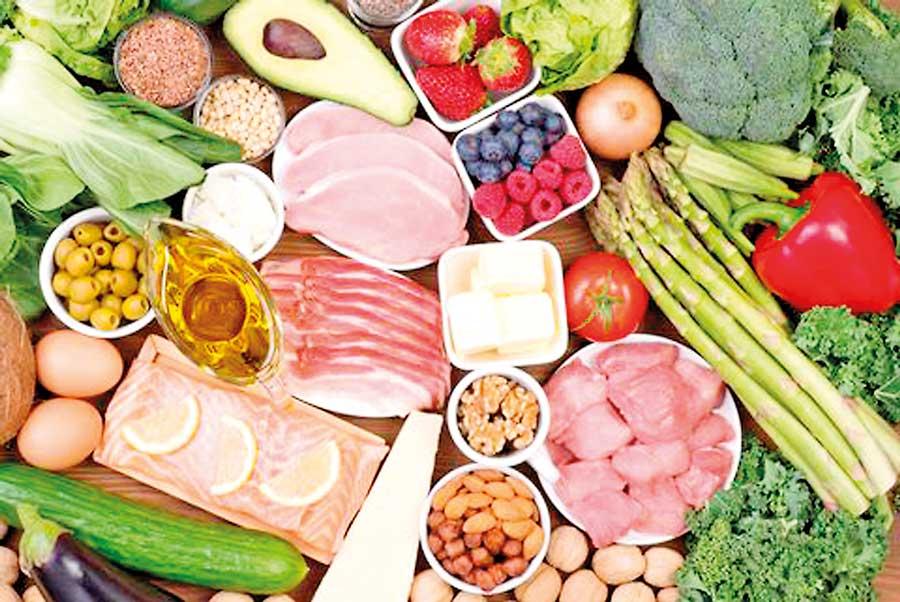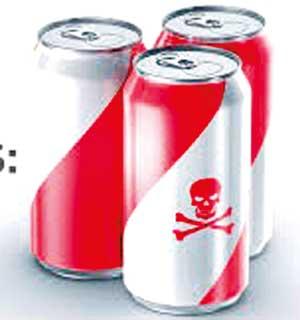Reply To:
Name - Reply Comment

Low calories sweeteners are non-nutritive, but they are low in calories because, these sweeteners are sweeter than ordinary sugar
Frequent consumption of aspartame will lead to accumulation of methanol in the body, which can cause blindness and even death
 Sugar is a problematic and controversial compound since it is a major contributor to a number of health problems, including obesity, diabetes and heart disease.
Sugar is a problematic and controversial compound since it is a major contributor to a number of health problems, including obesity, diabetes and heart disease.
Diabetes is among the four leading Non Communicable Diseases that affect morbidity, mortality and contributes to disability in the world. It is expected to advance and be the 5th cause for Non Communicable Diseases by 2030. Diabetes is a multifactorial disease whereas sugar plays a key role. To prevent and control negative health effects of sugar among adults and children, WHO recommends reducing the individual’s daily sugar intake to less than 10 percent of total energy intake. As for Sri Lankans the recommended sugar consumption is about 25 grams (6 teaspoons) of per person per day.
Nowadays sugar-free food are very much popular among Sri Lankans because of their low calorie content. Therefore, the food industry uses various artificial sweeteners which are low in calorie content instead of high calorie sugar. The number of artificial sweeteners are now found in abundance in food products which are labeled “sugar free” or “diet”. These food items include milk products, drink mix powders, processed foods and other foods and beverages.
Artificial sweeteners
Artificial sweeteners are man-made sugars that can be used as substitutes for ordinary sugar in food and beverages. These artificial sweeteners, also called non-nutritive sweeteners, are low calorie sweeteners, intense sweeteners and non-saccharide sweeteners. They are classified into two groups namely: Non-caloric sweeteners and Sugar alcohols. Non-caloric sweeteners do not add calories to the diet and they are artificially derived from natural sugars. Whereas sugar alcohols are non-alcoholic and have the same amount of calories as that of natural sugars. Saccharin, sucralose, aspartame, acesulfame-K, neotame and tagatose are artificial sweeteners which are approved by Food and Drug Administration (FDA). These intense sweeteners provide consumers with a sweet taste sans the calories or carbohydrates. Low calories sweeteners are non-nutritive, but they are low in calories because, these sweeteners are sweeter than ordinary sugar. This is due to these artificial sweeteners reacting with receptors on the tongue to give the sensation of tasting something sweet without the calories associated with table sugar. Therefore, the amounts need to achieve the desired sweetness are small. Hence, they are consider virtually non-caloric.

Health concerns of “sugar free” products consumption
Most of artificial sweeteners are not metabolised in the body and therefore, are generally considered safe for consumption. Those who are suffering from diabetic or obesity, may think these non-caloric sweeteners are their best choice to enjoy sweets without the elevated blood sugar levels or calories. But new research studies have been discovered that consumption of man-made sugars beyond the Advised Daily Intake level (>1680 mg/day) would result in health issues such as increased risk of bladder cancer in humans. However new evidence suggests that long-term use of artificial sugars might be harmful in population subset.
Research studies conducted in UK showed that consuming 2 or more servings of non-caloric sweeteners containing zero sugar soft drinks increased the risk of coronary heart disease and chronic kidney disease in comparison with consuming <1 serving per month. Moreover, certain studies observed that intense sweeteners such as aspartame breakfast induced a rise in glucose and insulin levels similar to the sucrose meal, suggesting that non-nutritive sugar consumption might be deleterious for the diabetic patients.
Recent research articles reported that sugars free sweeteners ingestion leads to the development of glucose intolerance by altering the gut micro biome thereby confirming saccharin’s role in rendering the microbiome unhealthy.

Aspartame and neotame are derived from phenylalanine, aspartic acid, and minute amounts of methanol. Clinical analysis of these sweeteners revealed that patients with genetic phenylketonuria (PKU) and liver disease have impaired phenylalanine metabolism leading to accumulation of amino acid in the body, resulting in some allergic effects. The presence of high level of phenylalanine leads to brain damage. While during the digestion process, these intense sweeteners release a small amount of methanol, which is in free-state and it is easily absorbed by the body. Frequent consumption of aspartame will lead to accumulation of methanol in the body, which can cause blindness and even death. Aspartame is also responsible for increased signs of injury and even death to nerve cells.
Sucralose is a kind of intense sweetener used in food and beverage industries. While it is not completely absorbed by the body about 8% to 20% of the total sucralose consumed is absorbed in blood and excreted in urine. A research conducted by the Scientific Committee on Food (SCF) declared that the continuous intake of sucralose results in the huge accumulation of the chemicals in the body that lead to adverse health effects.
Overconsumption of sugar alcohols such as sorbitol and mannitol can cause diarrhea, bloating, accumulation of intestinal gas and the effect of laxation.
Vulnerable groups
Artificial sweeteners are widely used every day in a variety of food and beverages. Eliminating their daily use is a very difficult task. Pregnant and lactating women, diabetics, migraine, epilepsy patients and children are certain high-risk individuals who should avoid the frequent intake of these non-saccharide sugars.
The writer is a medical laboratory technologist at a private hospital and holds a MSc. Degree in Industrial and Environmental Chemistry from University of Kelaniya and a BSc. Degree in Food Production and Technology Management from Wayamba University of Sri Lanka.